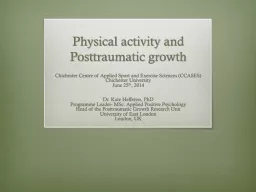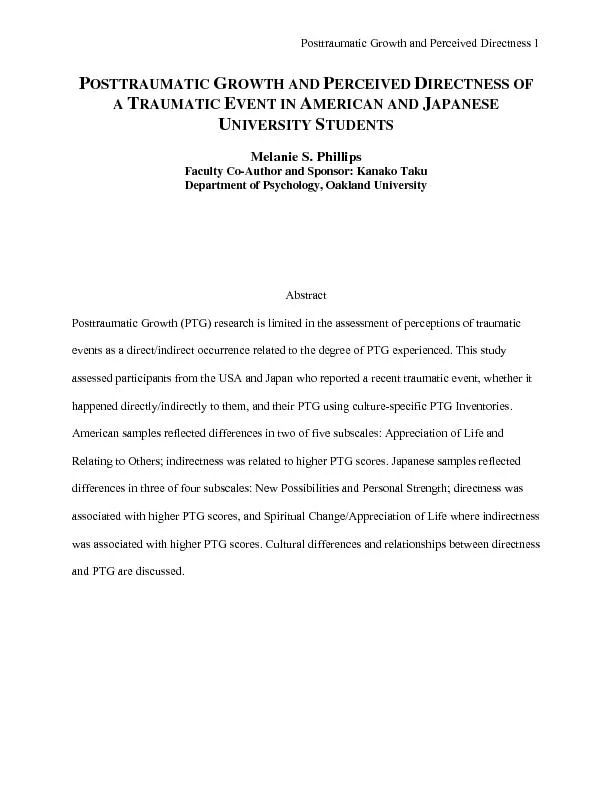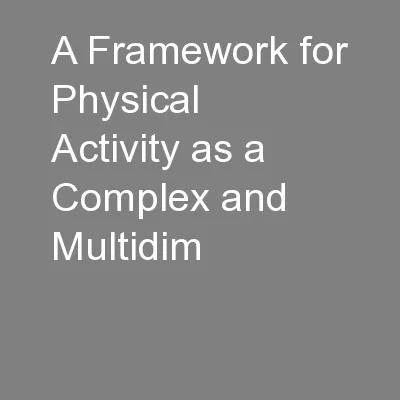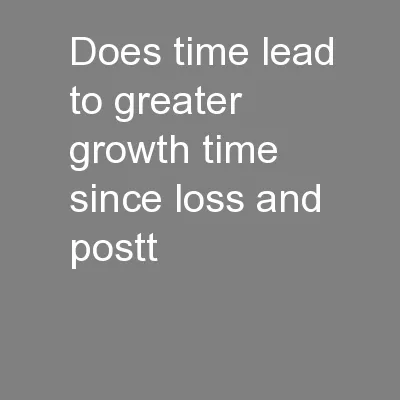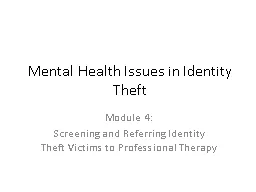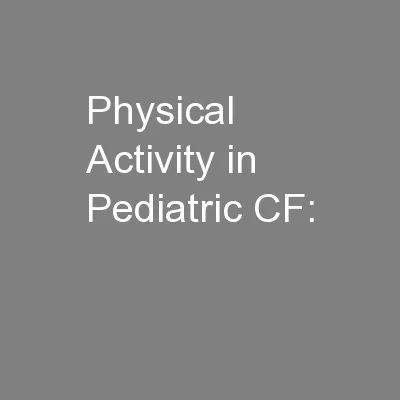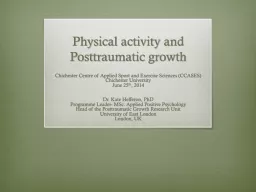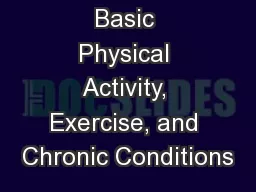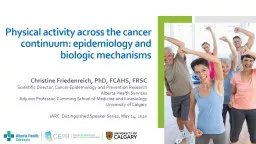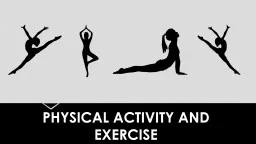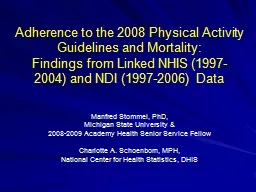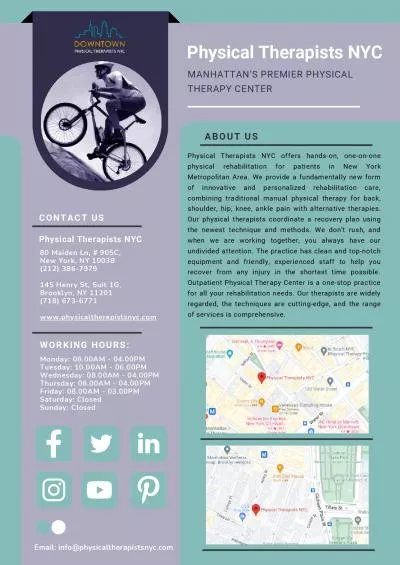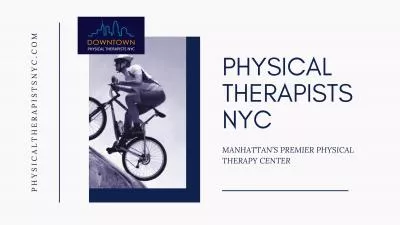PPT-Physical activity and Posttraumatic growth
Author : phoebe-click | Published Date : 2016-03-10
Chichester Centre of Applied Sport and Exercise Sciences CCASES Chichester University June 25 th 2014 Dr Kate Hefferon PhD Programme Leader MSc Applied Positive
Presentation Embed Code
Download Presentation
Download Presentation The PPT/PDF document "Physical activity and Posttraumatic grow..." is the property of its rightful owner. Permission is granted to download and print the materials on this website for personal, non-commercial use only, and to display it on your personal computer provided you do not modify the materials and that you retain all copyright notices contained in the materials. By downloading content from our website, you accept the terms of this agreement.
Physical activity and Posttraumatic growth: Transcript
Download Rules Of Document
"Physical activity and Posttraumatic growth"The content belongs to its owner. You may download and print it for personal use, without modification, and keep all copyright notices. By downloading, you agree to these terms.
Related Documents

